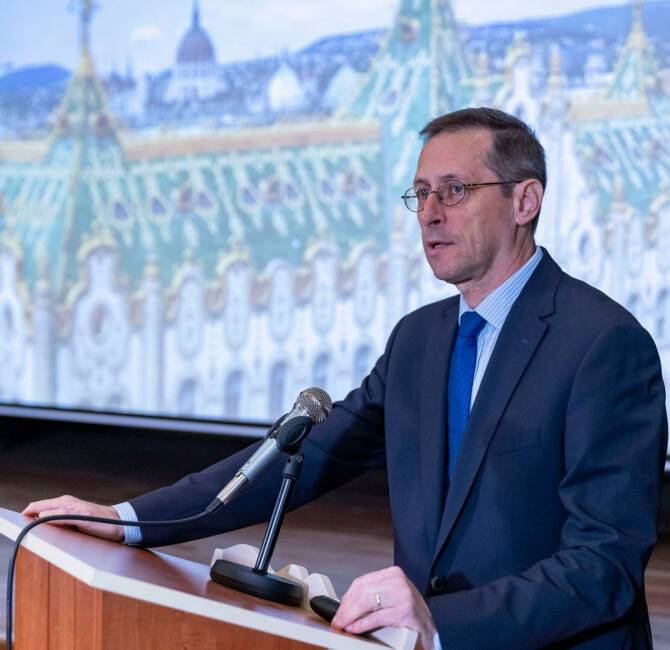Last Sunday the Hungarian capital Budapest saw one of its biggest demonstrations in years. The demonstrators were protesting against Viktor Orbán’s government, and especially against deteriorating standards of living and low teacher salaries.
The Visegrád Group countries face inflation well above the European average, and this is particularly true of the three countries that have not adopted the euro: Poland, Czechia, and Hungary. However, even Slovakia, which does have the euro, is also affected by this regional phenomenon, with a harmonized yearly inflation rate (calculated according to the EU methodology) of 13.7 percent in September, the highest since the beginning of the century. This is higher than the level of inflation for the EU as a whole, which reached 10.9 percent in September, compared to 9.9 percent for the euro zone alone.
As for Hungary, despite the uninterrupted supply of Russian gas and oil to the country, the annual inflation rate reached 20.7 percent in September,
making Hungary the EU country with the fourth highest inflation, behind the three Baltic countries, where Estonia’s 24.1 percent rate holds the absolute record in the European bloc. This is far ahead of France, which had an annual inflation rate of 6.2 percent in September, making it the EU country with the lowest inflation. It should be recalled that Estonia switched to the euro in 2011, but the single European currency does not seem to provide any guarantee of lower inflation.
Czechia’s annual inflation rate was 17.8 percent in September, the highest level since December 1993 according to the Czech Statistical Office.
In Poland, while the figure given by the Polish statistical office (GUS) for September is 17.2 percent, the harmonized inflation rate is “only” 15.7 percent. This is also a level that had not been seen for quite a long time.
As a result, even though the reference rates of the central banks of the three V4 countries outside the euro zone have risen significantly over the past year, they remain well below the rate of inflation: 6.75 percent for the Polish central bank (NBP), 7 percent for the Czech central bank (CNB), and 13 percent for the Hungarian central bank (MNB).
The Hungarian forint is in fact particularly under attack, and its weakness has been an additional inflation factor.
And this is – at least in a large part – because of the European Commission’s blocking of funds linked to the Next Generation EU recovery plan (from which only two EU countries – Poland and Hungary – have not yet received a single cent) and also because of the launching of a procedure against Hungary to suspend funds from the European budget under a “rule of law” procedure,
a measure which the Commission is now threatening to take against Poland too, at the worst of times. The Commission’s crusade against the two Central European countries has also caused the Polish zloty to fall against the euro since the start of the war in Ukraine, but less so than the forint.
The other inflationary factors are the same as elsewhere in Europe: the very sharp increases in world commodity prices following the anti-Covid lockdown policies (which were, however, less strict in Poland and Hungary than in Western Europe, and have led to milder recessions) and the war in Ukraine, as well as the reckless recourse to money printing in recent years, in particular during the pandemic.
“This is the price we pay for governments of economic illiterates, for the foolish belief that prosperity comes not from work, entrepreneurship and savings, but from welfare, debt and money printing”, Poland’s Sławomir Mentzen, leader of the liberal-conservative KORWiN party (a member of Konfederacja, an alliance with nationalists that has 11 parliamentary seats), commented on the GUS announcement of September inflation figures in his country. “This illusion is not only popular in Poland, almost all of Europe is struggling with the same problems.
They all did the same thing. First the near-zero interest rates, then the lockdowns, and finally the flooding of the economy with incredibly huge amounts of empty money. Add war, sanctions, and you have a catastrophe.”
Among the Visegrád Four, it is precisely the social-conservative government of Poland that has the most to fear from runaway inflation and the difficulties that this generates for the population, since parliamentary elections are due in the autumn of 2023, and for the last two years opinion polls have been indicating that this time the coalition that has been governing the country since 2015 could very well be short of an absolute majority.




